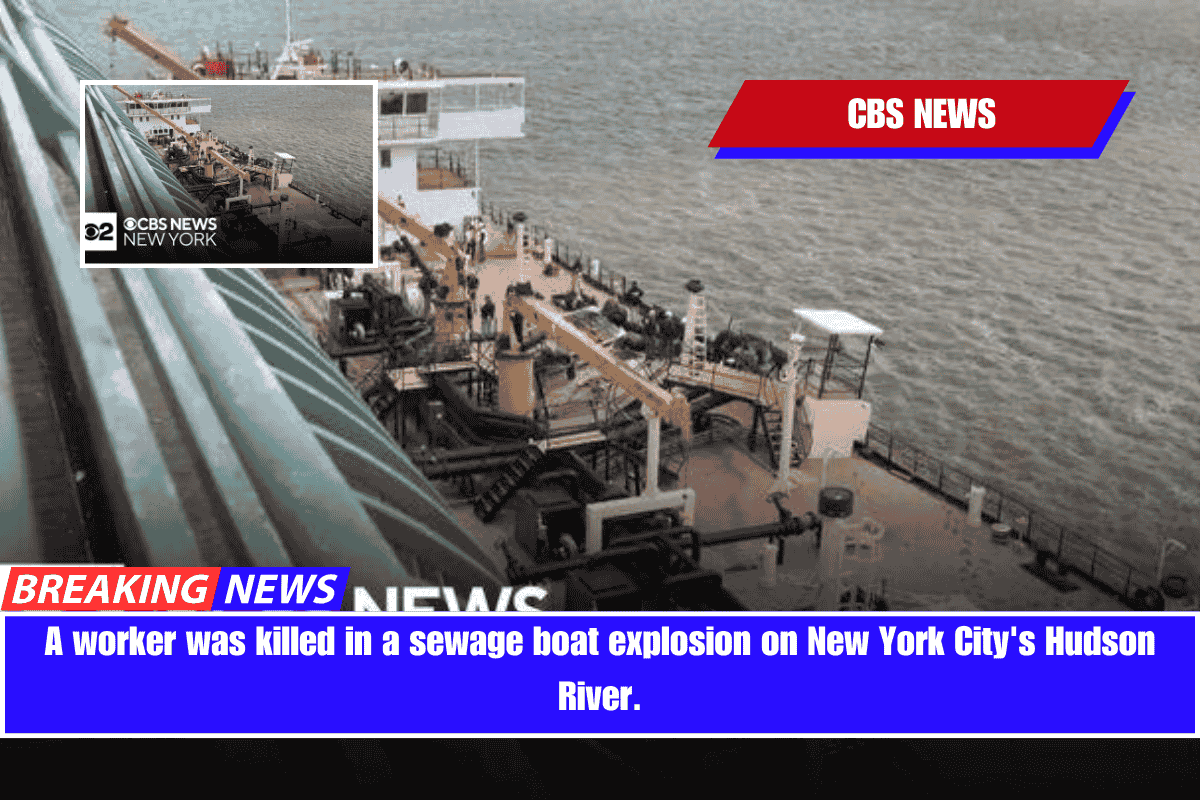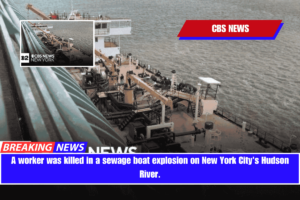Jonny Kim, a former Navy SEAL and Harvard Medical School graduate who is now a NASA astronaut, launched with two cosmonaut crewmates aboard a Russian Soyuz rocket early Tuesday, chasing down the International Space Station and docking three hours later.
The Soyuz MS-27/73S ferry ship rocketed away from the Baikonur Cosmodrome in Kazakhstan at 1:47 a.m. EDT (10:47 a.m. local time), with veteran commander Sergey Ryzhikov, 50, at the controls and rookie cosmonaut Alexey Zubritsky, 32, on the left and Kim, 41, on the right.
“The crew is feeling good, everything is nominal,” Ryzhikov told Russian flight controllers as the rocket climbed into orbit.
Eight minutes and 46 seconds later, the Soyuz 2.1a rocket’s third stage engine shut down, and the crew ship was released to fly on its own, with its two solar panels and navigation antennas deployed moments later.
The ferry ship then performed an automated rendezvous with the space station, docking at the multi-port Prichal module at 4:57 a.m., while the two spacecraft sailed 260 miles above western Russia.
“Congratulations, Sergey, on your arrival to the International Space Station,” Russian mission control radioed. Hatches were expected to be opened around 7:20 a.m., following extensive leak checks to ensure an airtight structural seal.
Soyuz MS-26/72S crewmates Alexey Ovchinin, Ivan Vagner, and NASA astronaut Donald Pettit were waiting to welcome them aboard, as were SpaceX Crew 10 commander Anne McClain, NASA astronaut Nichole Ayers, Japanese astronaut Takuya Onishi, and cosmonaut Kirill Peskov.
Ryzhikov, Zubritsky, and Kim are replacing Ovchinin, Vagner, and Pettit, who were launched to the ISS on September 11 and will return to Earth on April 19 aboard their own Soyuz to complete a 219-day stay in space.
The Crew 10 fliers, who launched on March 14, succeeded their Crew 9 counterparts, Nick Hague, cosmonaut Alexander Gorbunov, and Starliner astronauts Butch Wilmore and Sunita Williams, who returned to Earth on March 18.
Rotating space station crews have typically served six-month tours of duty aboard the laboratory complex. However, beginning with Kim’s flight, the Russians are increasing Soyuz durations to eight months in order to collect more data on the effects of extended stays in space.
As a result, Ryzhikov, Zubritsky, and Kim are expected to return to Earth by December 9.
In a pre-flight interview with CBS News, Jonathan Yong “Jonny” Kim, the son of South Korean immigrants and a father of three, said he first learned about the Navy’s SEALs when he was 16. He eventually joined the elite corps and took part in over 100 combat operations with SEAL Team Three in support of Operation Iraqi Freedom.
“To me, it is the strongest calling I’ve ever had in my life, even to this day,” said the actor. “I have had other callings in life. But it was the first call I received to be a SEAL that I will remember for the rest of my life. Because for the first time, I felt like I had a purpose and a dream.”
That dream was to serve as a warrior.
“Back then, I used to have a really narrow focus on that,” he remembered saying. “But to me, a warrior is someone who is constantly striving for excellence in their craft. It does not have to involve combat. It could be in medicine. It could be as a NASA astronaut. It could be political. It could be anything.
“But it’s someone who is passionate about achieving continued excellence. And the reason it resonated so well with me was because it represented everything I wasn’t at the time but wanted to be.
Kim stated that he experienced “some terrible moments” in combat and became “just really burnt out.” I was exhausted from the combat, the war, and the loss. I needed a way to keep serving, and medicine seemed like the logical choice.
Kim, a veteran combat medic, was accepted into Harvard Medical School. At various points, he admitted, he “probably went a little too extreme in ensuring that previous successes did not set myself up for the future.”
“I made certain that the people I worked with in the hospital had no idea I was a former SEAL because I wanted my patients and colleagues to regard me as dependable, proficient, and a good doctor. Not because I used to be a SEAL, but because that is who I am.”
Then, in 2014, as he was finishing medical school and preparing for his residency, Kim watched the first test flight of NASA’s Orion moonship on YouTube and became a self-proclaimed “space nerd.” He met Scott Parazynski, a physician and former astronaut, who encouraged him to apply for NASA astronaut training.
NASA selected 12 candidates from 18,000 applications for the 2017 class, including Kim.
He stated that learning Russian was the most difficult aspect of training to fly aboard a Soyuz, but added that his crewmates spoke excellent English and went out of their way to welcome him aboard.
“We’re friends. “I mean, we’re very professional,” Kim stated. “We work well together. I had Alexey and Sergey over for dinner, and they did the same thing for me. So our relationships are personal, with a high level of trust and friendship.
Kim expressed his delight at being assigned to a Soyuz flight, riding in a vehicle that has been around for decades rather than the roomier touchscreen-equipped SpaceX Crew Dragon.
“I just love technology (but) there’s also something to be said about reliability, or as the saying goes, ‘If it’s not broke, don’t fix it,'” said the man. “The amount of testing and the reliability the Soyuz has shown over decades is unsurpassed and is absolutely admirable.”
Kim stated that during his stay on the station, he hopes to venture outside the lab for a spacewalk at some point, but that he would be happy to serve in any capacity.
“The modern-day astronaut is a jack of all trades,” he explained to CBS News. “You know, we train for spacewalks. We train to support spacewalks and to conduct research. One day, we could be plumbers or mechanics, technicians repairing radios, or pipetting various fluids into other fluids for research.
“So it’s kind of all of the above, whatever the demands that the space station need at a time.”


















Leave a Reply